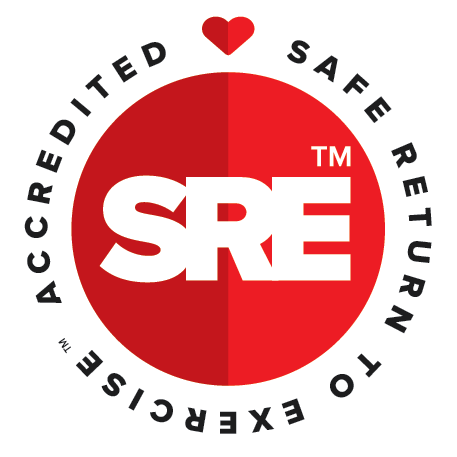Build the foundation to your strongest postnatal body
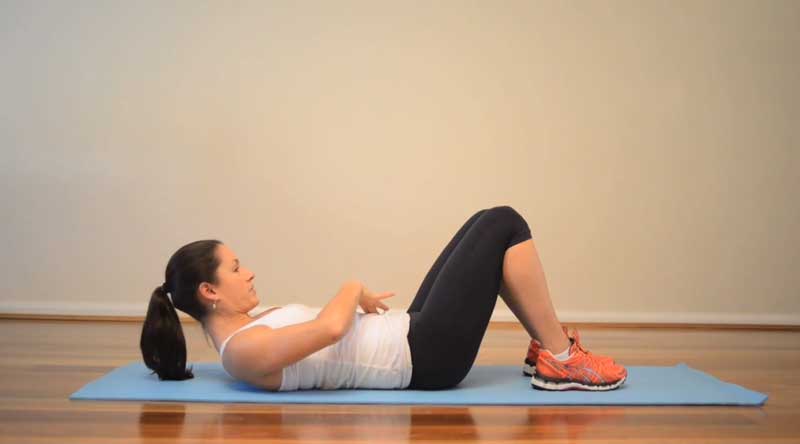
6 exercises to build the foundation to your strongest postnatal body
After having a baby it is important that you know what exercises are safe and effective as well as what is really going on with your postnatal body on the inside.
I teach all my clients about re-building from the inside out so they build a great foundation. This is especially important given that being a mum can be such a physical job AND babies get bigger and heavier as they grow!
One of the most important things postnatally is to allow yourself time to rest and heal. There is no rush and we must as women work to remove the judgment we place on ourselves around our postnatal body and the pressure to ‘snap back’ – the only thing we need to be snapping is our fingers to request a drink while we are feeding and rocking 😉
Jokes aside, there probably will come a point where you do want to start moving again and knowing where to start and how to build a great foundation can set you up for the movement and exercise that you may want to do for many years to come AND for the fact that your little person will get bigger and heavier before they decide walking by themselves is a good idea – if they ever decide that!
Here are some great checks, exercises and stretches that you can get started on as soon as you feel ready after having your baby.
1. Checking for Abdominal Separation
Knowing whether you have abdominal separation or not is vital when planning your exercise program.

How to:
- Lie down on your back, knees bent and feet flat on the floor
- Place two fingers just below your belly button
- Slowly roll your shoulders off the floor into a mini sit up (avoid over tensing your tummy muscles)
- Using two fingers feel the gap between your two rectus abdominals
- Measure the gap below your belly button then repeat above and up to your rib cage
- You should also feel for the floor in your separation as depth and your ability to control your abdominal wall during exercise is as important too.
2. How to activate from the inside out: Pelvic Floor and Transversus Abdominals (TA)
For most new mums a Pelvic Floor re-training program is very useful. Knowing you are doing a good pelvic floor contraction (drawing up) is also very important as an incorrect contraction (baring down) can actually do you more harm than good. A women’s health physio can assess your pelvic floor activations so you know you are doing them correctly.
When activating your TA we suggest you aim to keep your oblique’s relaxed to create less intra-abdominal pressure and through working with many mums clinically we have seen some examples of separation reducing when we take this approach.
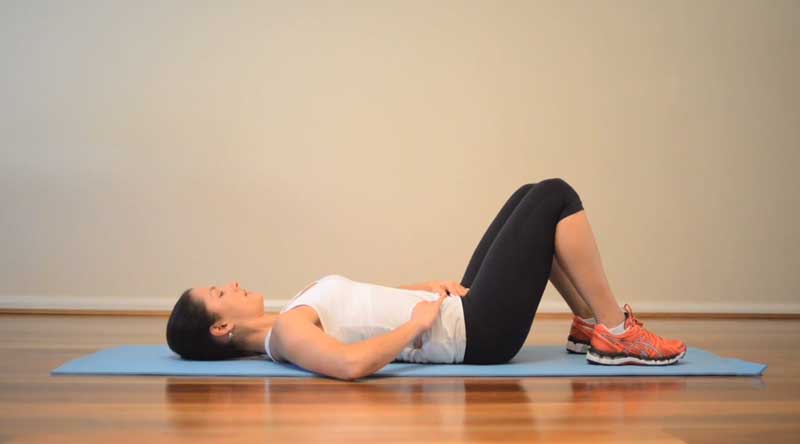
How to activate Pelvic Floor:
- Start lying on your back
- Knees bent, feet flat on the floor, hip width apart
- There is a straight line running from your hips to your ankles, no knees knocking in or falling out to the side
- Relax your shoulders
- Your spine is in neutral
- Take one hand and place it onto one of your obliques – you will find this just underneath your ribcage toward the side of your torso
- If you do a little cough or move from side to side you will feel it pop up. Now you know where it is – keep your hand on it but you don’t want to feel it again
- Take your other hand and lay from hip bone to hip bone – this is the area you will be concentrating on
- Take a natural breath in, breathe all the way out and then draw in and up through your pelvic floor. Front passage only – remember to keep your back passage and bum nice and relaxed.
Once you have got your pelvic floor contraction right you can add in your TA activation.
- Take your natural breath in and as you breathe out gently raw your pelvic floor in and up then start to peel the skin away from your hand toward your tailbone.
This is a gentle movement and is generally a lot less than what you might think you should be doing. There is no big tensing or bracing of the abdominals.
The next four exercises go hand in hand to stretch tight muscles and strengthen weaker ones:
3. Hip Raise (strengthens glutes)
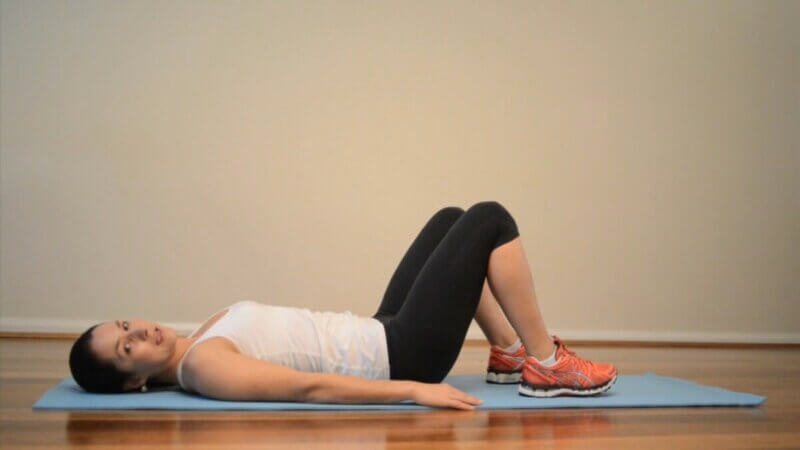
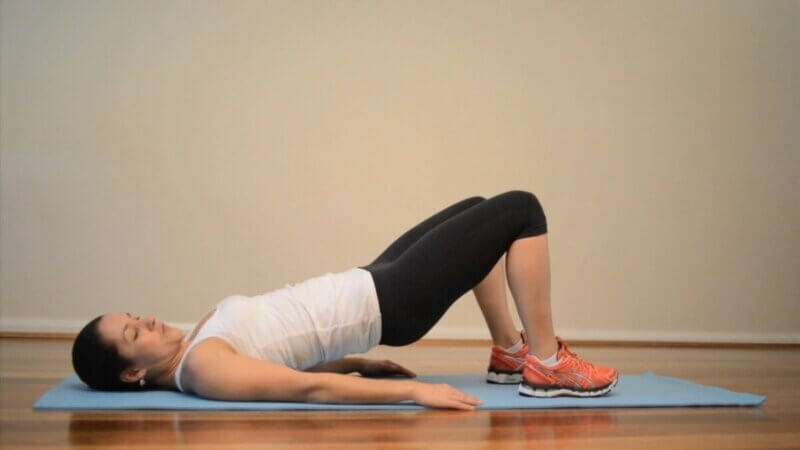
How to:
- Lie flat on your back
- Knees bent, feet flat on the floor and hands by your side
- Hand a little awareness through your PF and TA
- Push down through your heels
- Squeeze your bum and raise your hips up to the sky
- You are aiming for a straight line from shoulders to ankles
- Squeeze and hold for 3-2-1
- Slowly lower down
- Repeat 10-12 times
4. Hip Flexor Stretch (stretches hip flexors)
- Stand on one leg with a slight bend in the standing knee
- Bend the other leg up behind you and hold with one hand
- Pull your foot as close to your bum as possible
- Tuck your pelvis underneath and squeeze your glutes to feel your hip flexor stretching
- Hold for 20-30 seconds
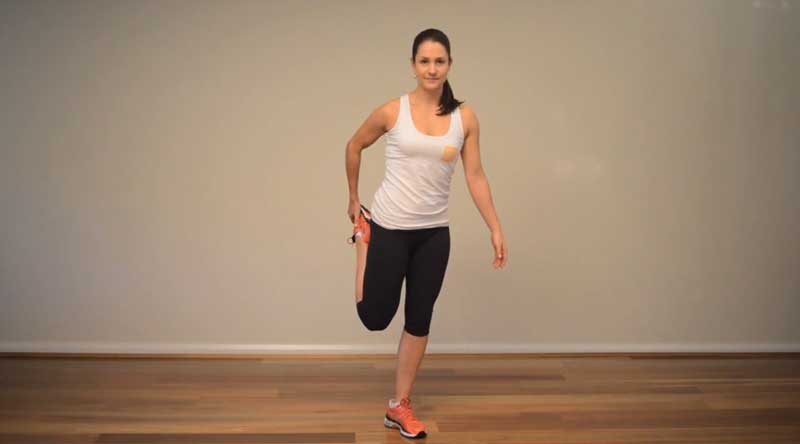
5. Standing Cobra (to strengthen back)
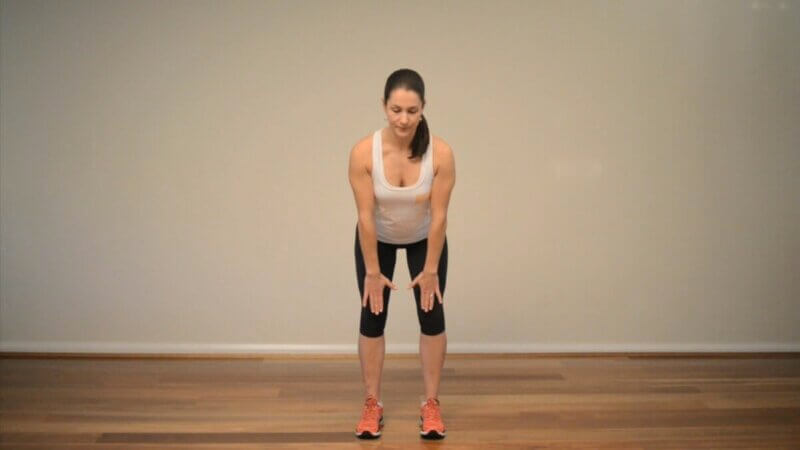
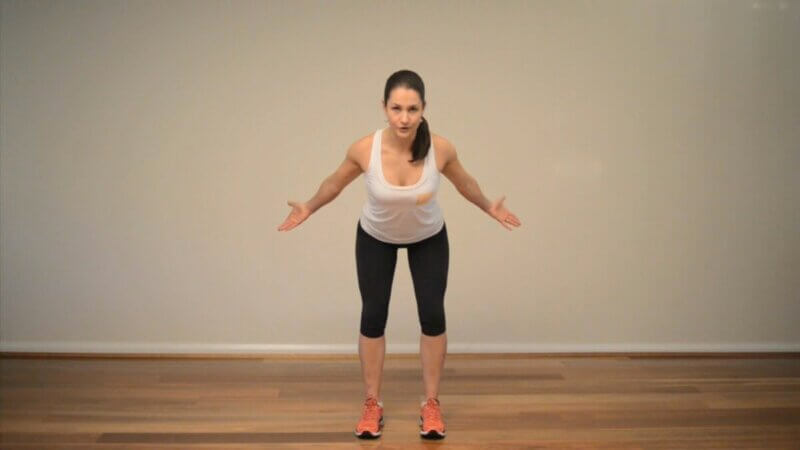
How to:
- Stand with feet hip width apart, chest up, shoulders down
- Have an awareness through pelvic floor and TA
- Keeping back straight, tip at the hips until your fingertips are on your knees
- As you breath out, lead with the thumbs, draw shoulders back and down and take arms behind you
- Turn thumbs up to the sky and squeeze shoulder blades together
- Hold for a count of 3-2-1 and relax back to start position
- Make sure your back is straight and chest still up
- Repeat 10-12 times
6. Chest Stretch
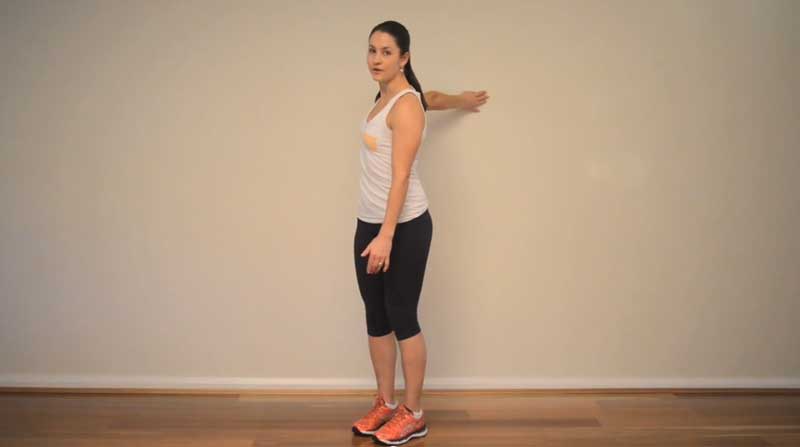
How to:
- Place one hand against the edge of a wall or doorframe
- Turn away from your hand to feel the stretch through your chest
- Hold for 3-2-1
- Turn in and alter the height of your hand to lower or higher and repeat the stretch to feel through different parts of your chest
Mum-focused author, educator and business owner, Jen Dugard is on a mission to ensure every woman is safely and effectively looked after when she becomes a mother. She is a highly qualified trainer and fitness professional educator and has been specialising in working with mums for over a decade. MumSafe is the go-to place online for women to find mum-focused fitness services that are all accredited, experienced and partnered with women’s health physios so you know you are in very safe hands.
